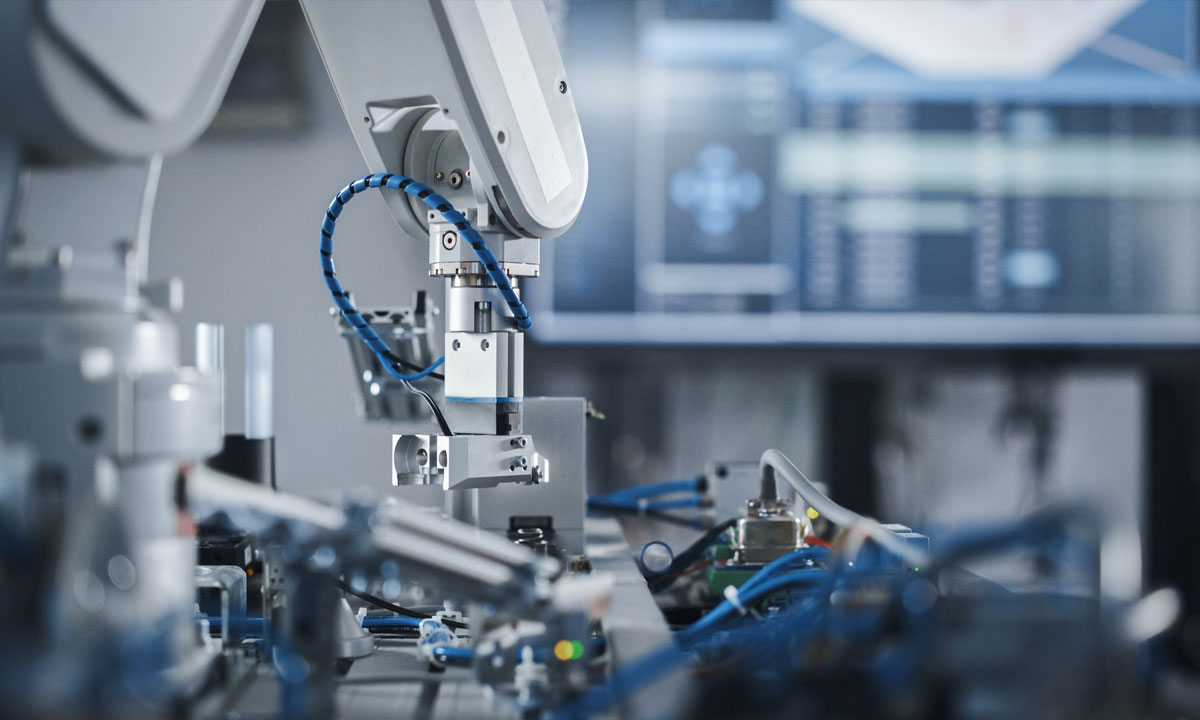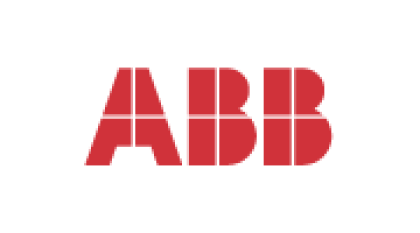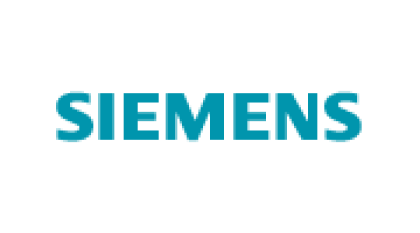Welcome to our comprehensive guide on industrial automation, a revolutionary trend shaping the future of manufacturing. In this blog post, we will delve into the role of industrial automation in modern production processes, explore its advantages and types, analyze leading industry solutions and trends, and address potential challenges.
I. Introduction to Industrial Automation
Welcome to our comprehensive guide on industrial automation, a revolutionary trend shaping the future of manufacturing. In this blog post, we will delve into the role of industrial automation in modern production processes, explore its advantages and types, analyze leading industry solutions and trends, and address potential challenges. Join us on this journey as we unravel the transformative power of automation in driving efficiency, productivity, and innovation across various sectors.
II. The Role of Industrial Automation in Manufacturing
Industrial automation plays a pivotal role in revolutionizing the manufacturing industry. By integrating advanced technologies like robotics, AI, and IoT into production processes, automation enhances efficiency and productivity. Automation streamlines operations by minimizing human intervention in repetitive tasks, leading to higher accuracy and consistency in output.
Moreover, industrial automation enables manufacturers to optimize resource utilization and reduce costs significantly. With automated systems overseeing complex tasks round-the-clock, companies can achieve faster turnaround times while maintaining quality standards. This results in improved customer satisfaction and competitive advantage within the market landscape.
Furthermore, industrial automation empowers manufacturers to adapt swiftly to changing market demands. The flexibility offered by automated systems allows for quick adjustments in production cycles without compromising on operational effectiveness or product quality.
III. Advantages of Industrial Automation
Industrial automation offers numerous advantages to the manufacturing industry. It enhances efficiency by streamlining processes and reducing human errors. Automation systems can operate 24/7 without breaks, leading to increased productivity levels.
Industrial automation improves product quality through consistent and precise production methods. With automated systems in place, manufacturers can maintain high standards while minimizing defects and waste.
Cost savings are a significant benefit of industrial automation. By automating repetitive tasks and optimizing resources, companies can lower operational expenses and achieve higher profit margins over time.
IV. Types of Industrial Automation Systems
When it comes to industrial automation, there are several types of systems that play a crucial role in enhancing productivity and efficiency in manufacturing processes. One common type is Fixed Automation, where the equipment is set up to perform specific tasks repeatedly without flexibility. On the other hand, Programmable Automation allows for reprogramming machines to handle different tasks as needed.
Another prevalent type is Flexible Automation, which utilizes computer-controlled equipment capable of adapting to various product configurations. This flexibility enables manufacturers to quickly switch between different products without significant downtime or manual intervention. Understanding these different types of industrial automation systems can help businesses choose the most suitable solution for their specific needs.
V. Understanding Industrial Automation Solutions
Industrial automation solutions encompass a range of technologies and strategies designed to streamline manufacturing processes. These solutions integrate machinery, software, sensors, and control systems to automate tasks traditionally performed by humans. By leveraging advanced technologies like robotics, AI, IoT, and machine learning, industrial automation solutions optimize production efficiency while ensuring consistent quality standards.
One key aspect of understanding industrial automation solutions is the concept of interconnectedness. Automation systems are often part of larger networks where data exchange plays a crucial role in decision-making processes. This connectivity enables real-time monitoring and control over various aspects of the manufacturing process.
Furthermore, industrial automation solutions can be customized to meet specific industry requirements. From assembly line robots to automated inventory management systems, businesses can tailor these solutions to enhance productivity and reduce operational costs effectively.
VI. Industry Leaders in Industrial Automation
When it comes to industrial automation, several companies have emerged as industry leaders, setting the bar high for innovation and efficiency. Companies like Siemens, ABB, Rockwell Automation, and Schneider Electric are at the forefront of developing cutting-edge solutions for manufacturing processes worldwide.
Siemens stands out with its comprehensive range of automation products and solutions tailored to various industries. ABB is known for its expertise in robotics and digital technologies that optimize production lines. Rockwell Automation specializes in integrated control systems that enhance operational performance.
Schneider Electric focuses on sustainability through energy-efficient automation solutions, showcasing a commitment to environmental responsibility within the industrial sector. These industry leaders continue to drive advancements in industrial automation technology, shaping the future of manufacturing processes globally.
VII. Future Trends in Industrial Automation
As technology continues to evolve, the future of industrial automation looks promising with several emerging trends shaping the landscape. One key trend is the integration of Artificial Intelligence (AI) and Machine Learning algorithms into automation systems, enabling machines to learn from data and make intelligent decisions on their own.
Another exciting development is the rise of collaborative robots, known as cobots, which work alongside human workers in a shared workspace. These cobots are designed to enhance productivity while ensuring safety through advanced sensors and vision systems.
Furthermore, the Internet of Things (IoT) plays a crucial role in connecting devices and sharing real-time data for smarter decision-making processes. This interconnected network paves the way for more efficient production lines and predictive maintenance strategies in manufacturing facilities.
VIII. Challenges and Disadvantages of Industrial Automation
As industrial automation continues to revolutionize manufacturing processes, challenges and disadvantages also come into play. One significant challenge is the initial high investment required for implementing automation systems. Companies may find it daunting to allocate funds for technology upgrades and training employees on new systems.
Another obstacle is the potential job displacement caused by automation. While machines can perform tasks efficiently, there is a concern about human workers losing their jobs to robots or automated systems. This shift in labor dynamics necessitates retraining programs and skill development initiatives to ensure a smooth transition in the workforce.
Moreover, cybersecurity risks pose a threat to automated systems, as they are vulnerable to cyber attacks that can halt production or compromise sensitive data. Industries must prioritize cybersecurity measures and invest in robust defenses to safeguard against potential breaches.
IX. Case Studies and Success Stories
In the realm of industrial automation, case studies and success stories serve as vital proof points for its efficacy. Take, for example, Company X, a manufacturing facility that implemented robotic automation to streamline their production line. By integrating robots into their processes, they saw a significant increase in productivity and a reduction in errors.
Similarly, Company Y embraced the Internet of Things (IoT) technology to enhance their supply chain management. With real-time data tracking and predictive maintenance capabilities provided by IoT devices, they were able to optimize inventory levels and minimize downtime effectively.
These real-world examples showcase how industrial automation solutions can revolutionize operations across various sectors. The key lies in leveraging technological advancements to drive efficiency and competitiveness within the industry.
X. Conclusion and Future of Industrial Automation
Industrial automation has revolutionized the manufacturing industry, paving the way for increased efficiency, productivity, and cost-effectiveness. With advancements in technology and a growing demand for streamlined processes, industrial automation is set to play an even more crucial role in shaping the future of manufacturing.
As we look ahead, it is clear that industrial automation will continue to evolve rapidly. The integration of AI, IoT, robotics, and data analytics will drive further innovation in this space. Manufacturers who embrace these technologies stand to gain a competitive edge by optimizing their operations and meeting the demands of an increasingly complex market.
In conclusion,
the future of holds great promise for those willing to adapt and harness its potential. By staying abreast of emerging trends and overcoming challenges through strategic planning and implementation, manufacturers can unlock new possibilities for growth and success in the dynamic landscape of modern industry.

























